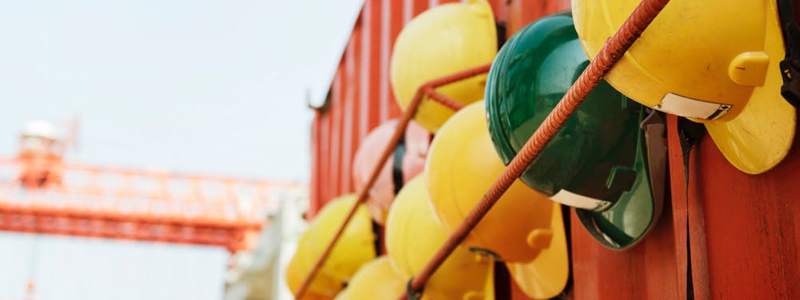
Workplace Safety Ireland
While some may require stricter practices than others, every workplace should be making health and safety a priority. All businesses in every industry in Ireland are required by law to adhere to the right health and safety regulations, but workplace safety should be a concern regardless of the potential legal risks posed.
Why workplace safety is so important
The Safety, Health and Welfare at Work Act 2005 makes health and safety a legal requirement for employers. This means they have a duty to ensure employees’ safety and welfare in the workplace, making changes and introducing practices as far as reasonably practical to do so.
To help prevent injury and illness both physical and otherwise, employers are expected to maintain a safe building and work environment, provide necessary safety equipment, train employees in health and safety and other reasonable practices.
Of course, there are other benefits to ensuring workplace safety aside from the legal requirements.
Protect employees
Perhaps the most important benefit to good workplace safety is the protection of your employees. As well as potential injuries from unsafe equipment or work environments, employees can also become ill from stress including physical strain and burn out. With the right training, equipment and practices, you can help to ensure that employees remain happy and healthy at work.
Good for business
Injury or illness is both unproductive and costly which means poor workplace safety is just bad for business. Absent employees not only affect the amount of work being done, but they can also cost you money in missed hours and even temporary staff if you can’t afford for the work to go undone. As a legal requirement, you may also find yourself paying out in both fines and compensation to employees if you fail to protect them sufficiently at work.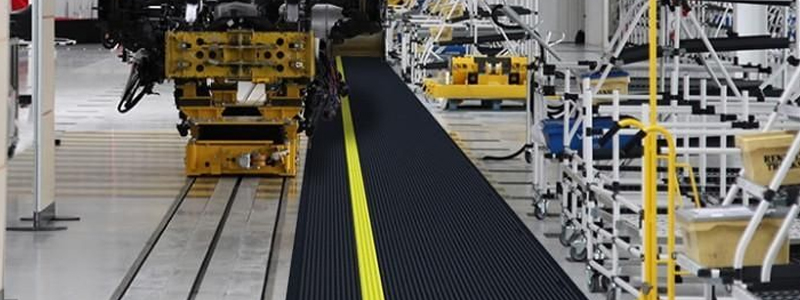
Making the workplace safer
There are a whole variety of things you can do to make the workplace a safer place and many industries have their own strict regulations that need to be adhered to. You should have a risk assessment carried out along with a complete health and safety strategy plan put into place with the help of a trained health and safety professional. There are three main areas you should keep in mind when looking at ways to improve workplace safety.
Equipment
You need to ensure your existing equipment is safe and meets your industry regulations as well as purchasing additional safety equipment where necessary to improve workplace safety. Any plant equipment, for example, should be TUV certified and tested to ensure it is safe for employees to use.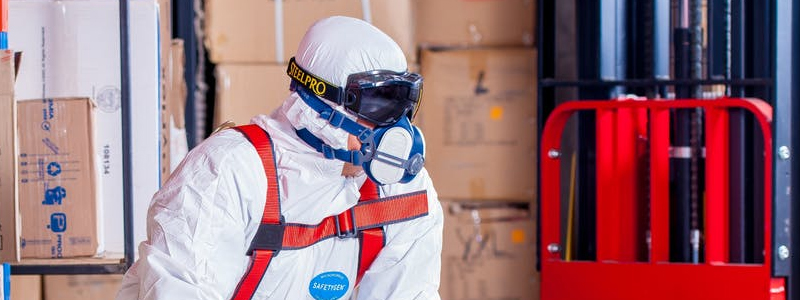
The employer is also required to provide protective equipment such as clothing, headgear, footwear, eyewear and gloves which may be necessary for certain tasks in the workplace. While employees have a duty themselves to ensure they use this equipment, employers should make sure that they are informed when they need to use protective equipment and the risks of not doing so.
For offices and other non-industrial areas, employers should make sure that computer screens, keyboards and other desk equipment are set up with safety in mind. This could include examining the reflections and glare on screens.
The work environment
The building itself and work environments should all also be set up for safety. This is particularly important in warehouses and other industrial environments where workers on foot are often in close contact with vehicles and other heavy machinery.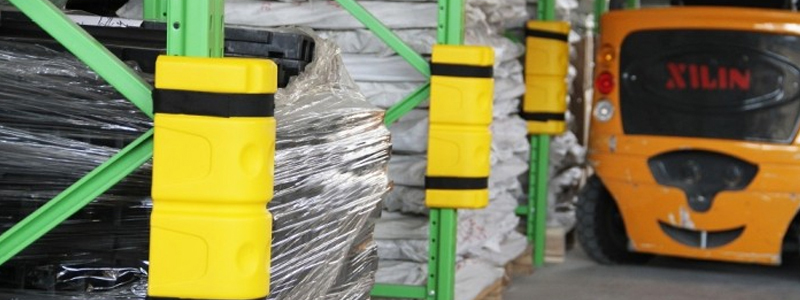
Employers should ensure they plan the layout of these areas carefully and mark them clearly with signs to ensure safe traffic flow and prevent potential collisions or accidents. Other protective measures such as column and bumper protection can help to minimise any damage or injury if there is an accident.
Employers should also consider the specific risks of certain work environments. For example, if there are liquids or oily substances used in the area or if high temperatures occur in the environment. More specific measures should then be put into place for these areas to minimise risks, for example slips and trips from oils or burns and damage from heat. Anti-fatigue mats, for example, as well as protecting employees against stress-related injury from standing, can also help protect certain high-risk areas.
Training and procedures
You should have clearly defined formal health and safety regulations for all areas of your business and directors or leaders should all champion health and safety to encourage compliance. Whether it’s fire procedures for the building or using heavy machinery, all employees should be fully training and have the relevant qualifications or certificates in accordance with your industry regulations.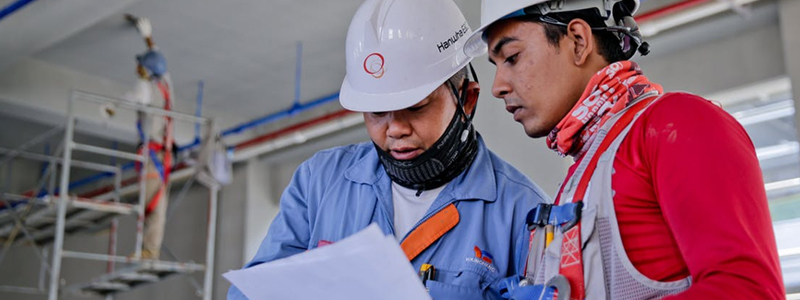
It’s also important to revisit this training regularly. It can be easy to forget or let best practices lap, so make sure to carry out regular risk assessments and refresher courses for all your training and procedures for existing employees as well as new ones.
Workplace safety equipment
Our new range of workplace safety equipment has been selected and designed to make warehouses and other industrial work environments safer. From anti-fatigue mats designed to minimise stress-related injury from long periods of standing to our warehouse column, beam and bumper protectors. We also offer a wide range of cable protectors to minimise the risk and danger of exposed cables in the office and other settings. Contact us today to find out more about how we can help make your workplace a safer place.
